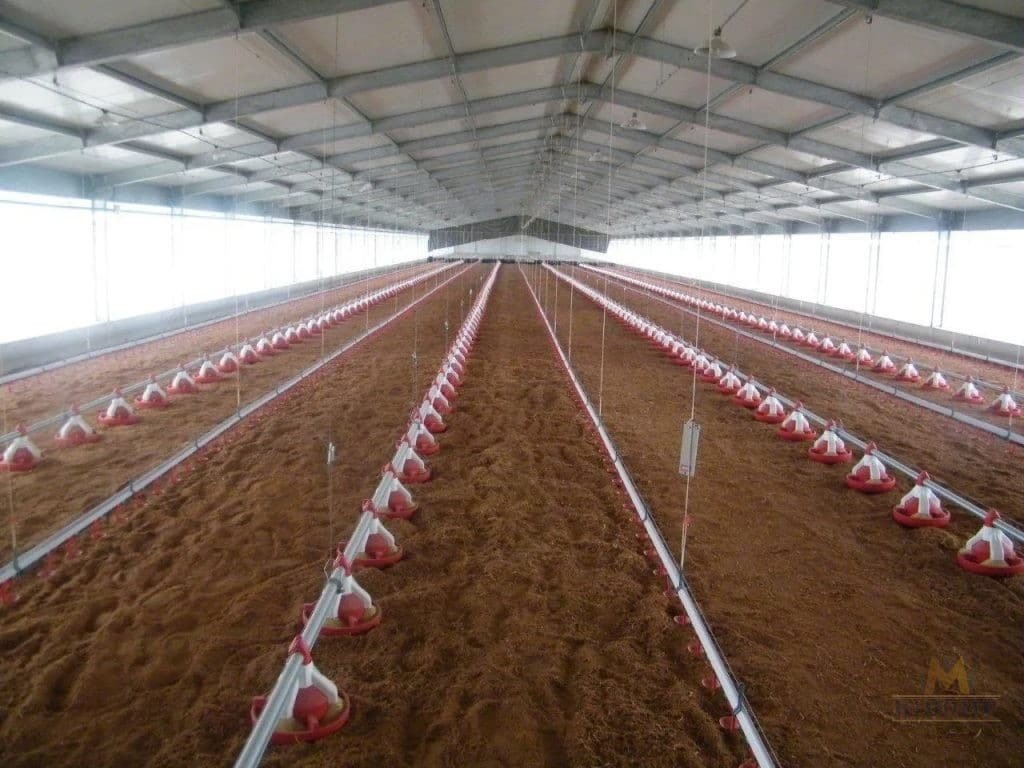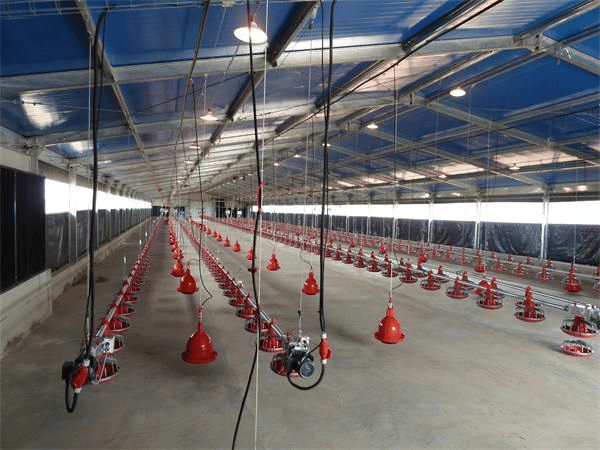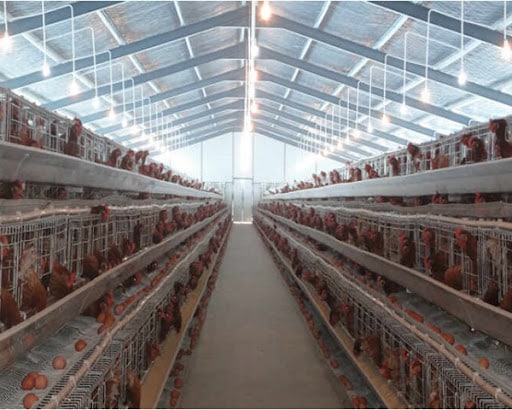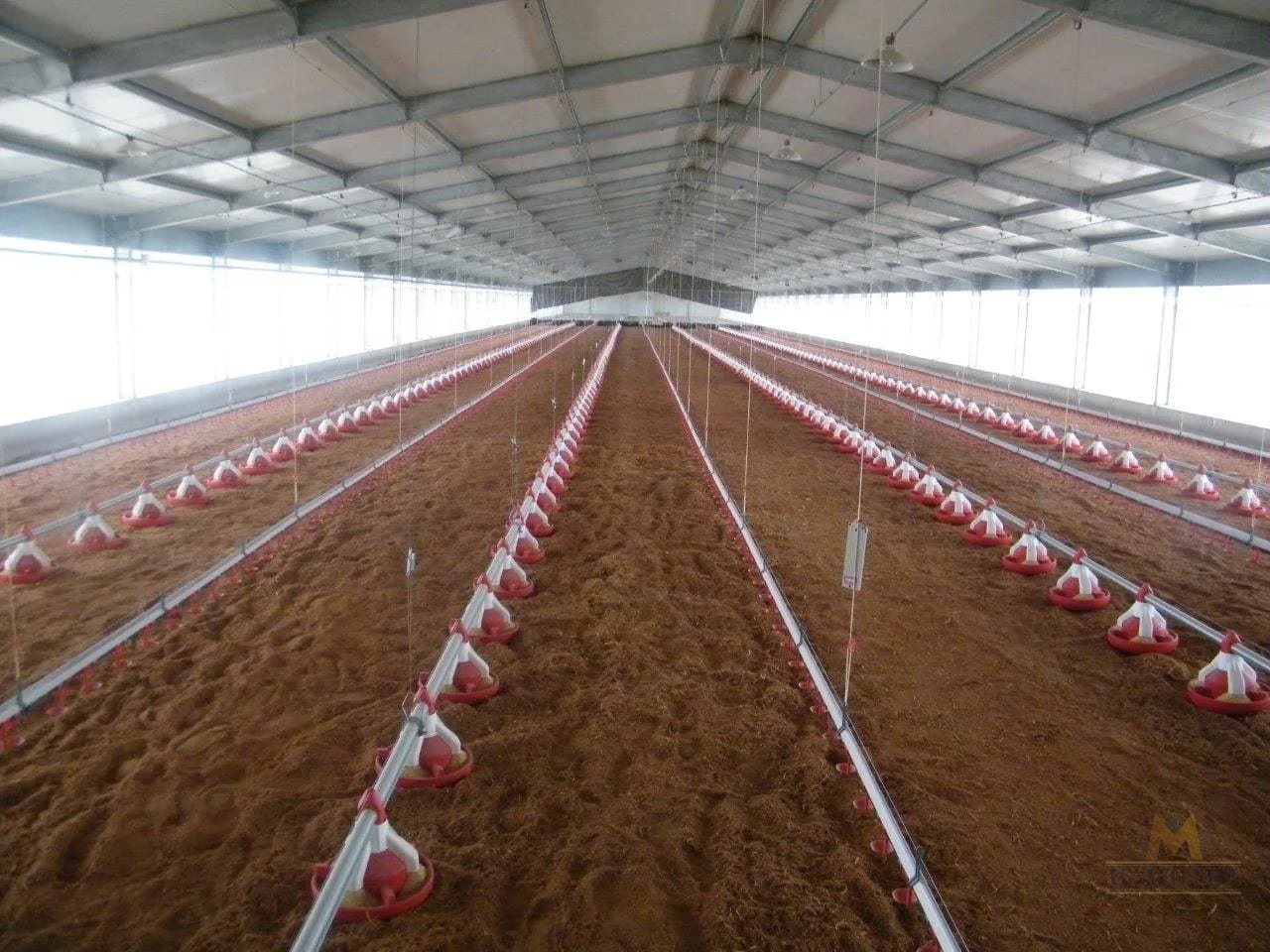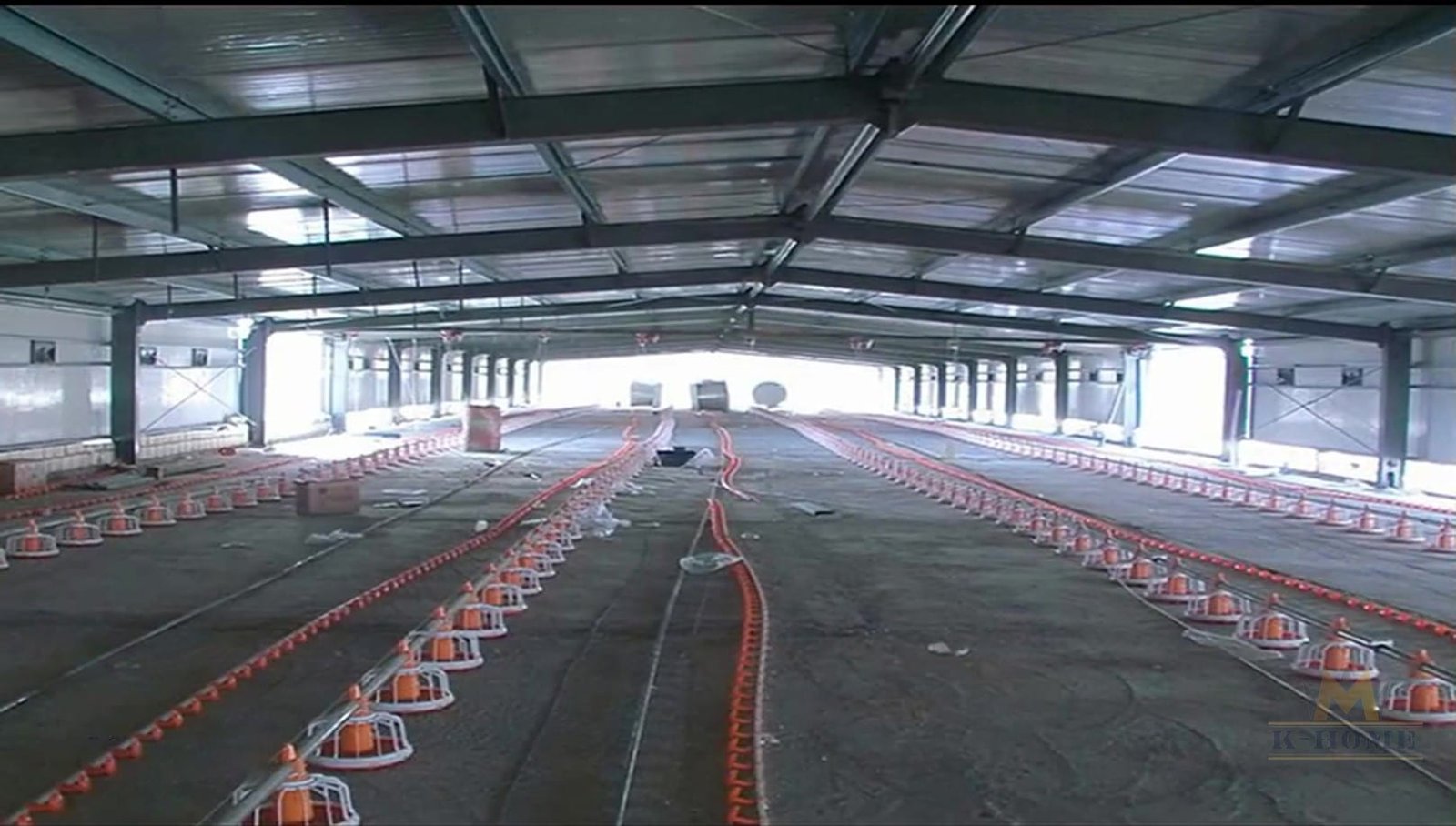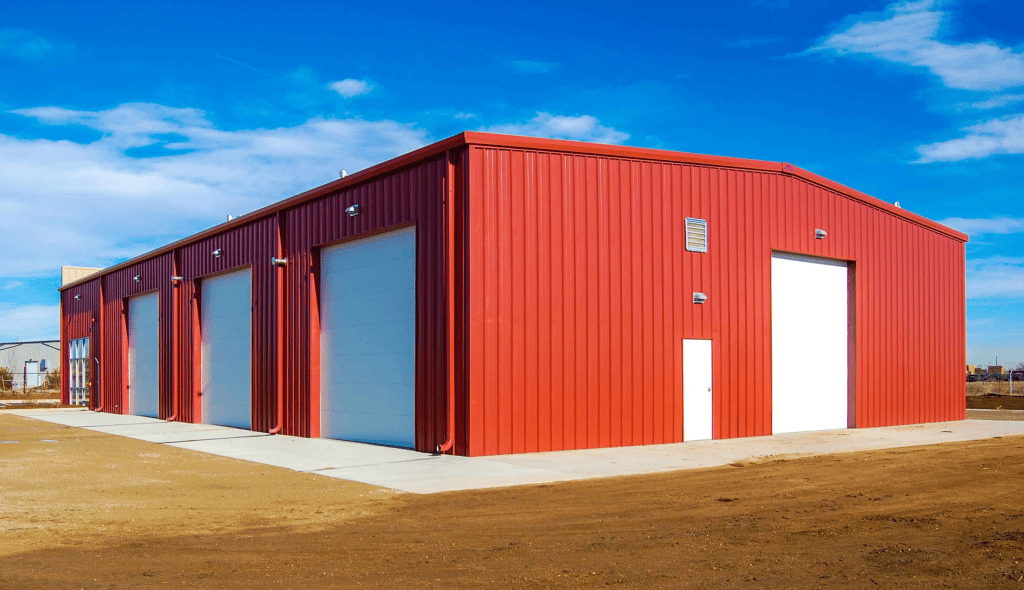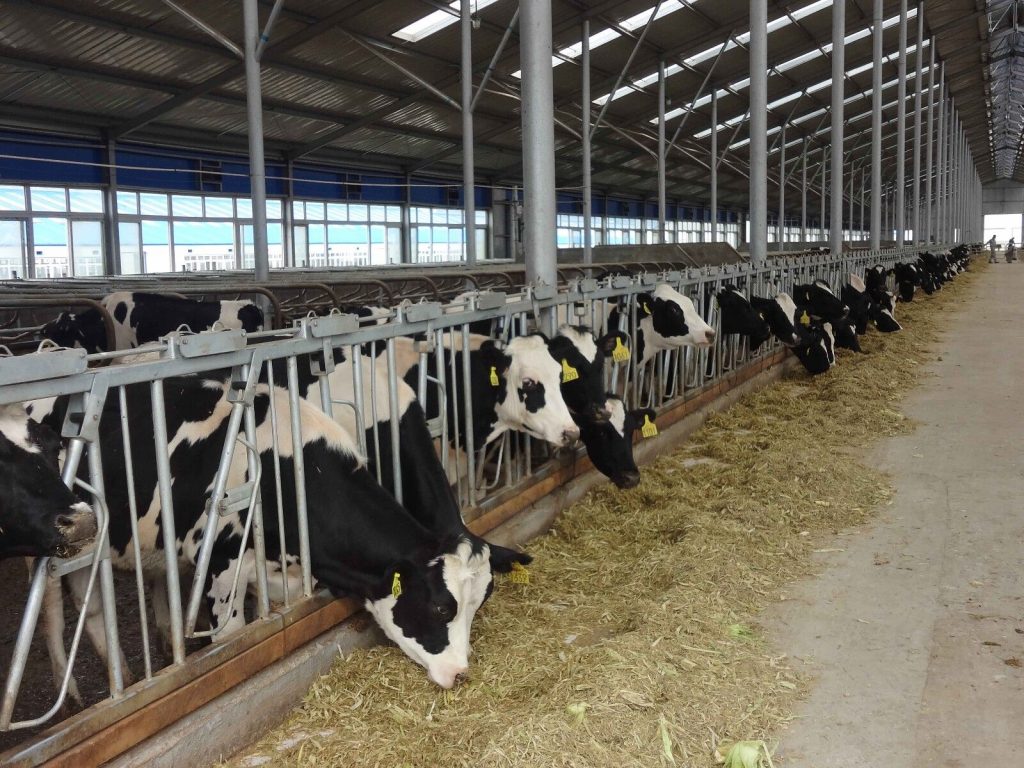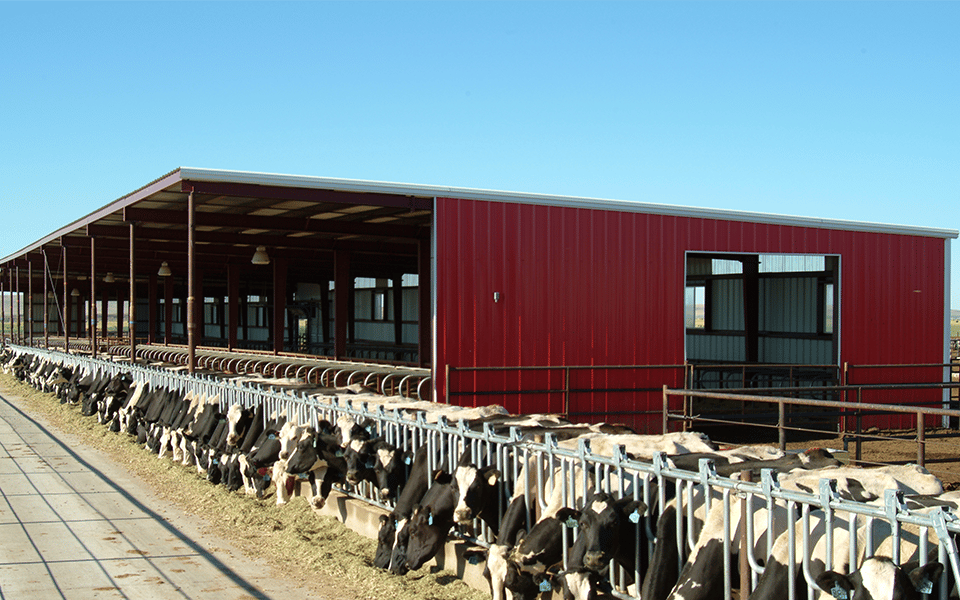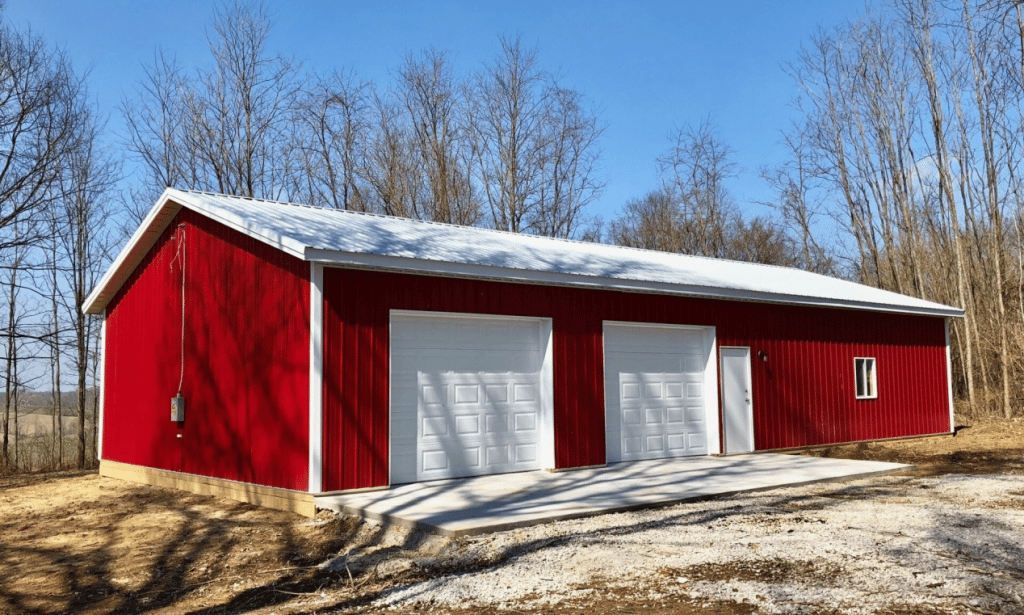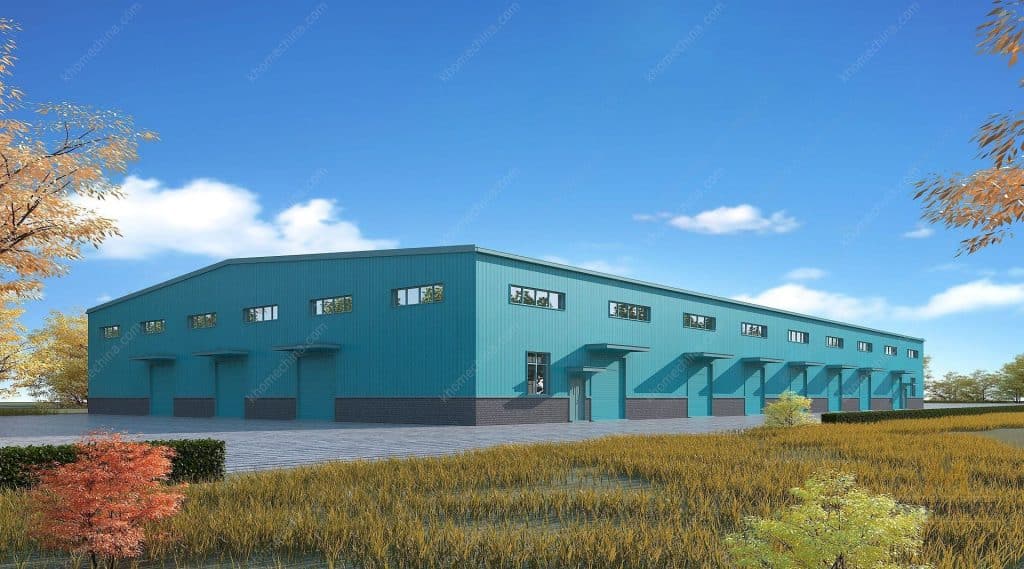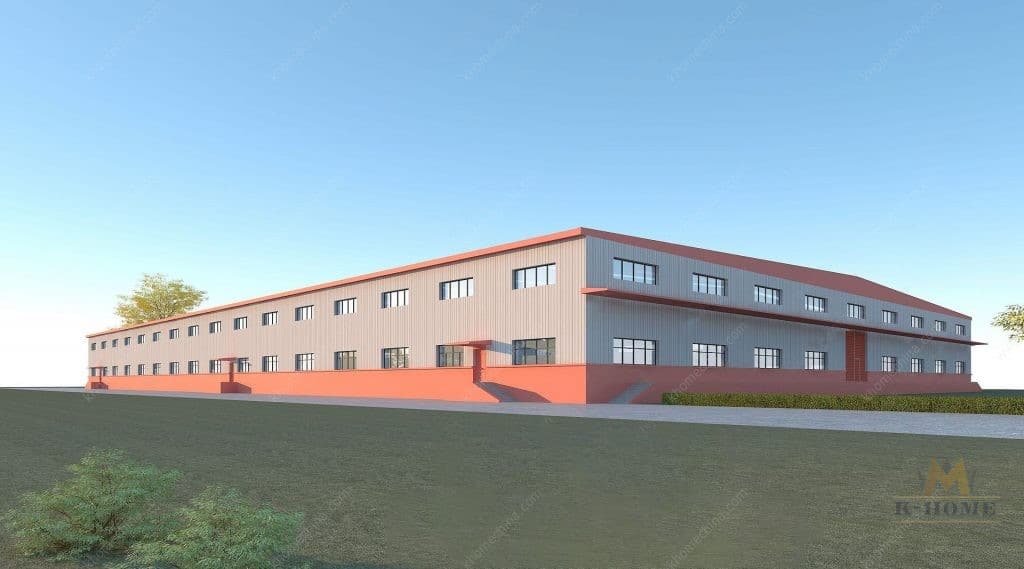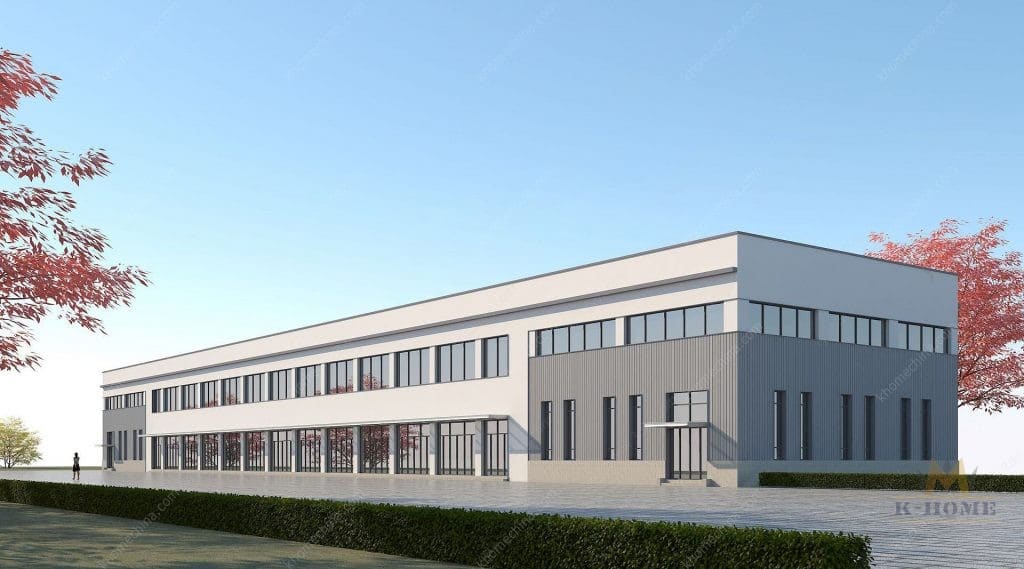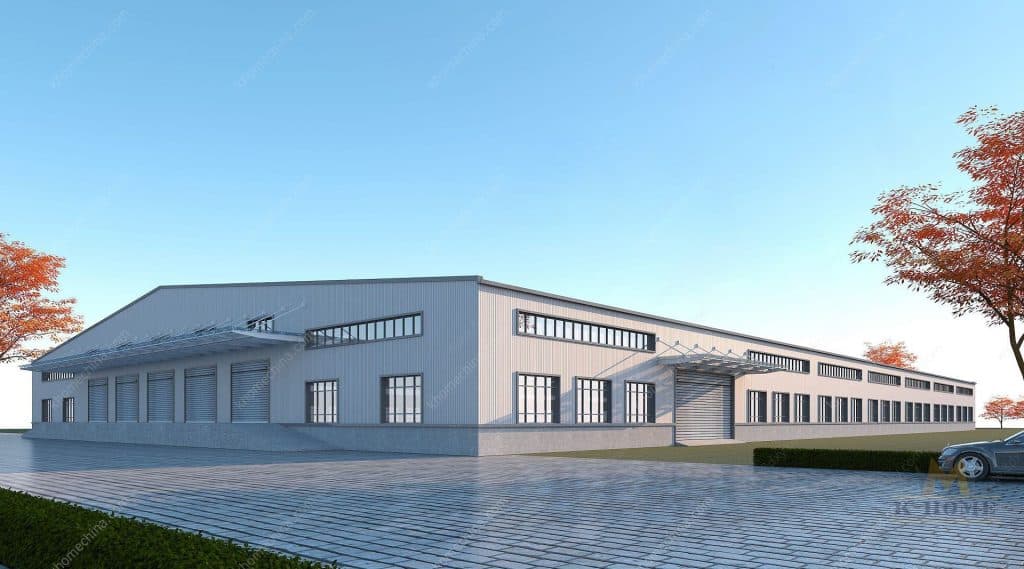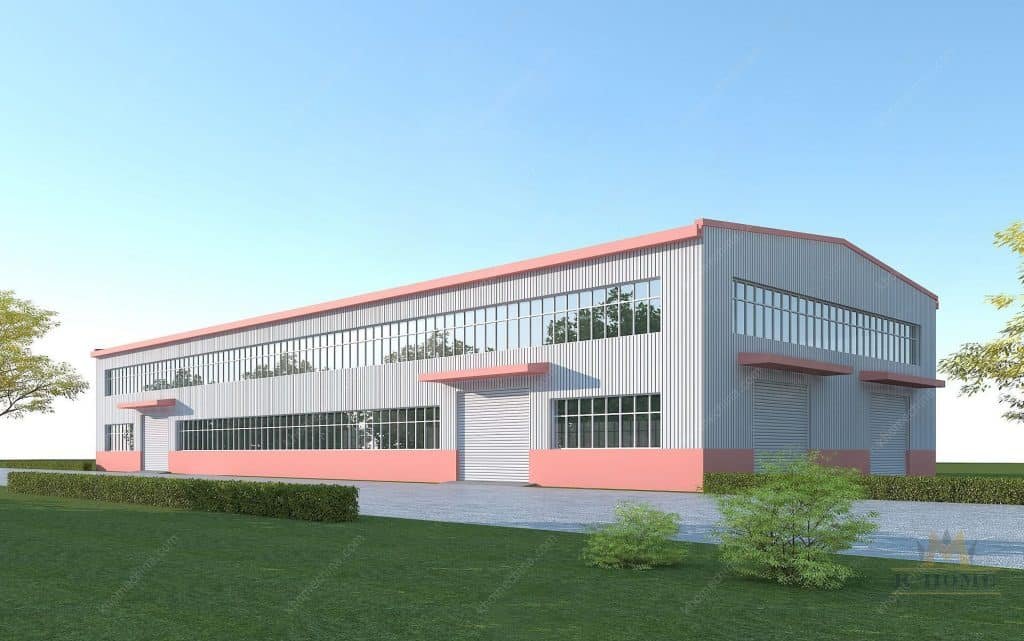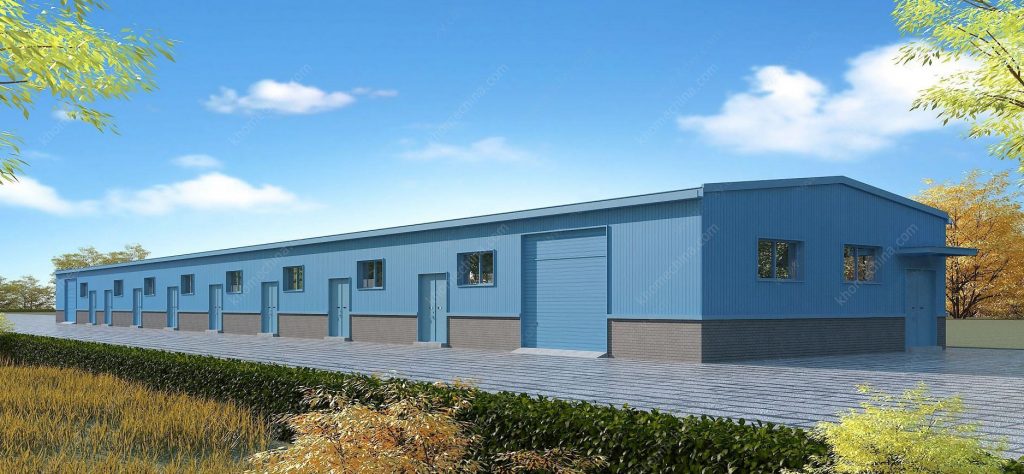Prefabricated Steel Poultry Farm
Agricultural / Poultry Farm / Chicken Farm / Broiler poultry farm / Egg Poultry Farm / Foster Poultry Farm
A poultry farm is a place where poultry is raised. Most poultry farms usually raise chickens, turkeys, ducks, or geese. Poultry farming means the commercial raising of poultry. Now both rural and urban areas, poultry farming has been given a commercial form.
Taking chicken poultry farms as an example, chicken is the most common species used for meat and eggs in poultry farms. Chickens raised for meat are called broilers. Chickens raised for eggs are called laying hens. There are also special breeds of poultry that are raised for shows and competitions. If you want to do a hatchery egg business then you have to raise laying hens. If you want to do chicken business then you have to raise broiler chickens. Or you can do both businesses together. When you have determined the breeding direction, then you can start building your poultry farm buildings.
Compared to traditional concrete buildings, all components of steel structure poultry houses are prefabricated in the factory, and only simply assembled on site. Therefore, the structural performance is good, the construction period is short, and the wind resistance is strong.
If you have any questions, please contact us.
WHY CHOOSE KHOME AS YOUR SUPPLIER?
K-HOME is one of the trusted factory manufacturers in China. From structural design to installation, our team can handle various complex projects. You will receive a prefabricated structure solution that best suits your needs.
You can send me a WhatsApp message (+86-18338952063), or send an email to leave your contact information. We will contact you as soon as possible.
What are the Types of Poultry Farms?
Poultry farming is a broad industry. Poultry farming has different purposes, but these different chicken poultry farm types are similar in farm building’s appearance. In this article, we divide it into different types of poultry farms to introduce to you according to different feeding purposes. There are usually 3 types of live poultry farms in the poultry industry, broiler poultry farms, egg poultry farms, and foster poultry farms.
Poultry Farm Design
When making a poultry farm design, factors such as the ground, walls, shape, and ventilation conditions of the poultry farm should be considered according to the type of the poultry farm and the objects to be raised, in order to achieve the best environment in the house and meet the needs of production.
How Much Does it Cost to Build a Poultry Farm?
Depending on your interests and business viability, you can choose from multiple businesses. According to the business you want to start, K-HOME can provide you with the most suitable poultry farm design. Contact us for your poultry farm quotes, whether it’s a low-priced chicken farm or a large automatic poultry farm with equipment.
Related Agricultural Steel Buildings
More Metal Building Kits
Contact Us >>
Have questions or need help? Before we start, you should know that almost all prefab steel buildings are customized.
Our engineering team will design it according to local wind speed, rain load, length*width*height, and other additional options. Or, we could follow your drawings. Please tell me your requirement, and we will do the rest!
Use the form to reach out and we will be in touch with you as quickly as possible.

